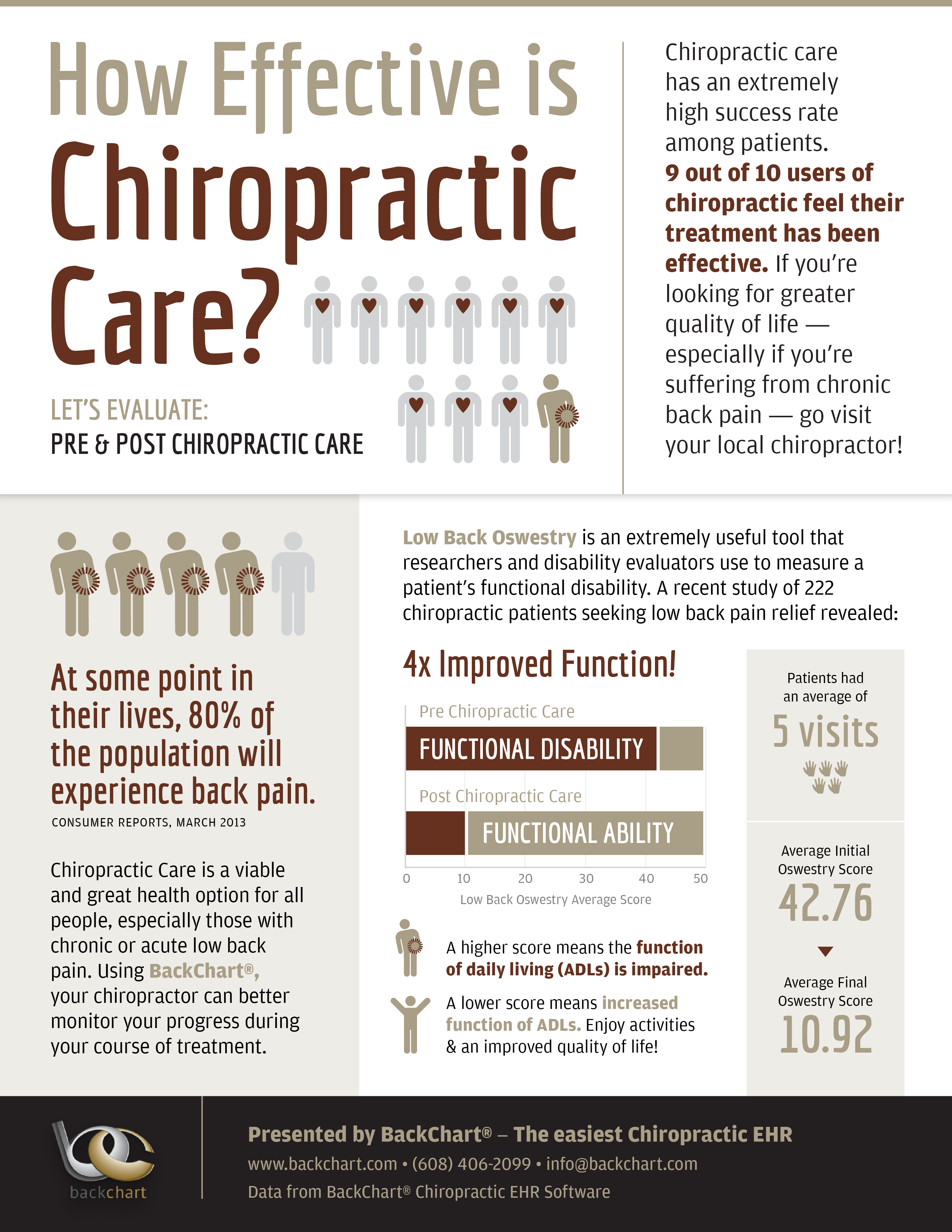Cold Laser Therapy Guarantees Discomfort Relief, But What Truths Lie Under The Misconceptions? Discover The Realities That Might Transform Your Healing Journey
Cold Laser Therapy Guarantees Discomfort Relief, But What Truths Lie Under The Misconceptions? Discover The Realities That Might Transform Your Healing Journey
Blog Article
Material Develop By-
If you've been struggling with persistent pain, you could have come across cold laser therapy. It is essential to separate fact from fiction prior to considering this treatment. Many individuals still believe various misconceptions bordering its performance. Understanding the scientific evidence behind cold laser treatment can clarify its possible benefits for discomfort management. So, what does the study actually say, and just how might this treatment change your approach to alleviation?
Common Myths Concerning Cold Laser Therapy
What do you really find out about cold laser therapy? You could think it's just a fad or that it hurts, however that's far from the fact.
Numerous think it's only efficient for small problems, while it can really assist a range of problems. coolscuplting trumbull ct coincides as traditional laser treatments, yet cold laser therapy utilizes low-level light and does not create warmth, making it non-invasive and pain-free.
You may likewise listen to that it's only for certain age groups, however individuals of all ages can profit. Last but not least, there's a myth that it's uncontrolled, when in truth, several experts comply with strict standards.
Recognizing these misconceptions can assist you make an informed decision about exploring cold laser therapy for your pain relief.
Scientific Proof Supporting Cold Laser Therapy
Several misunderstandings regarding cold laser therapy can shadow its performance, however an expanding body of scientific proof sustains its use for pain alleviation.
Studies have shown that low-level laser therapy can minimize inflammation, advertise cells healing, and alleviate pain in problems like joint inflammation, tendinitis, and neck and back pain.
visit the following website released in reliable journals highlights exactly how cold laser therapy stimulates mobile procedures, improving blood flow and accelerating recovery.
Scientific trials constantly demonstrate significant enhancements suffering degrees and wheelchair for patients undertaking this therapy.
body detoxification may find it assuring that organizations like the FDA support particular cold laser devices, additionally verifying their restorative capacity.
As even more practitioners embrace this innovation, the proof continues to place, making it a viable choice for pain monitoring.
Conveniences of Cold Laser Treatment for Discomfort Administration
As you discover discomfort management alternatives, cold laser therapy sticks out for its many advantages.
Initially, it's non-invasive, implying you won't have to bother with surgical treatment or extensive recuperation times. This treatment stimulates healing at the mobile degree, lowering inflammation and pain efficiently. You'll likely experience fast alleviation without the side effects commonly associated with drugs.
Additionally, cold laser treatment advertises enhanced blood flow, boosting oxygen delivery and nutrient absorption in the damaged location. This can lead to much faster healing from injuries.
Lots of patients report enhanced movement and feature, permitting you to return to day-to-day activities sooner. On the whole, cold laser treatment uses a safe, reliable option for taking care of pain and speeding up healing.
Conclusion
To conclude, cold laser treatment isn't just a passing trend; it's a tested, effective option for managing pain and advertising healing. By disproving usual misconceptions and highlighting scientific assistance, you can see how this non-invasive therapy can boost your wheelchair and overall lifestyle. If you're searching for a risk-free option to traditional pain relief techniques, consider discovering cold laser treatment-- maybe the remedy you have actually been looking for.
